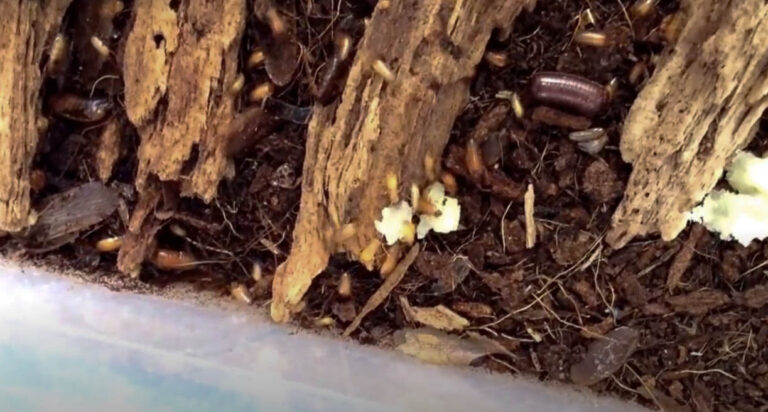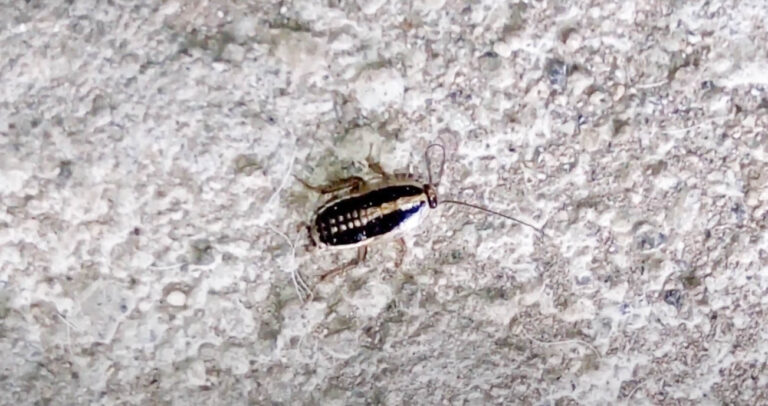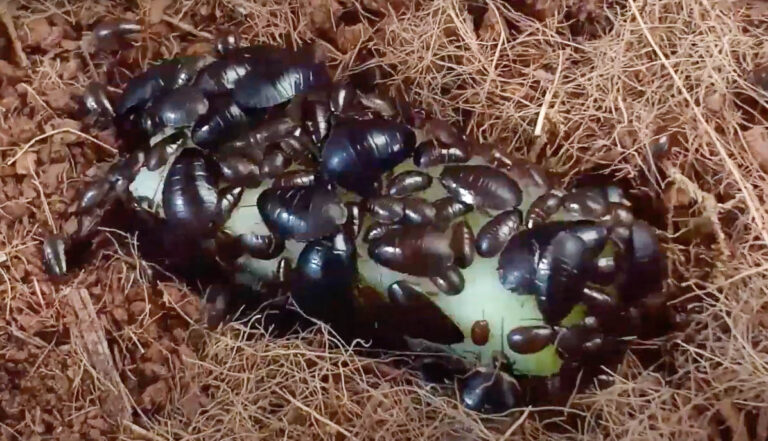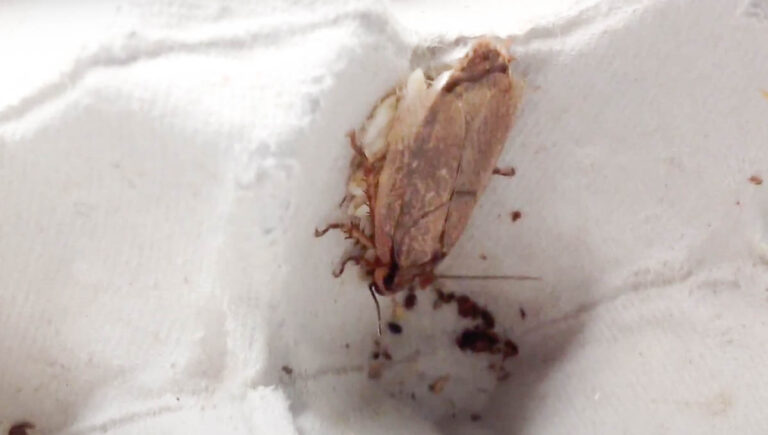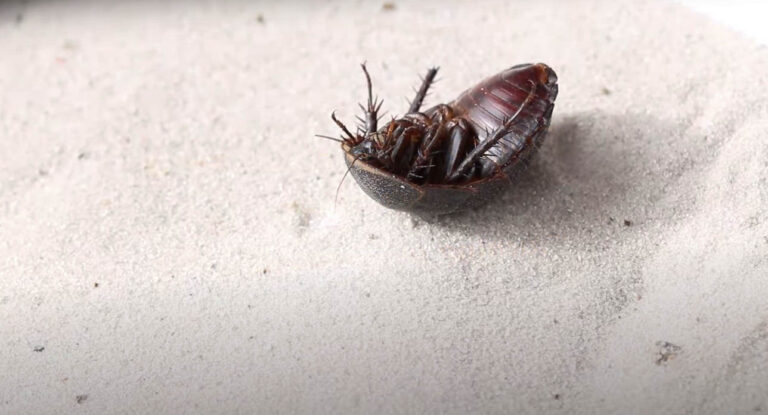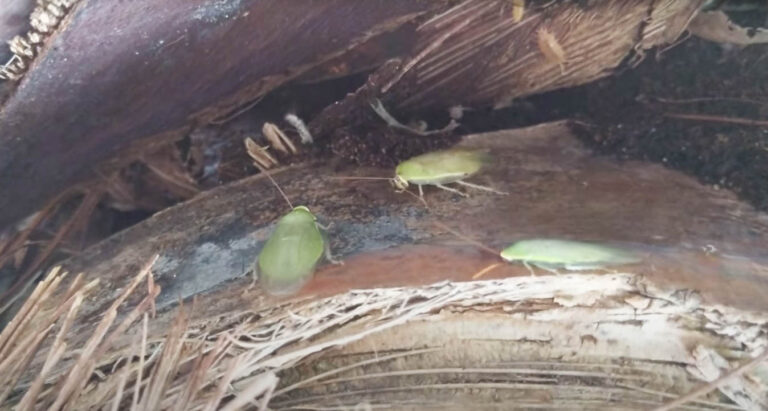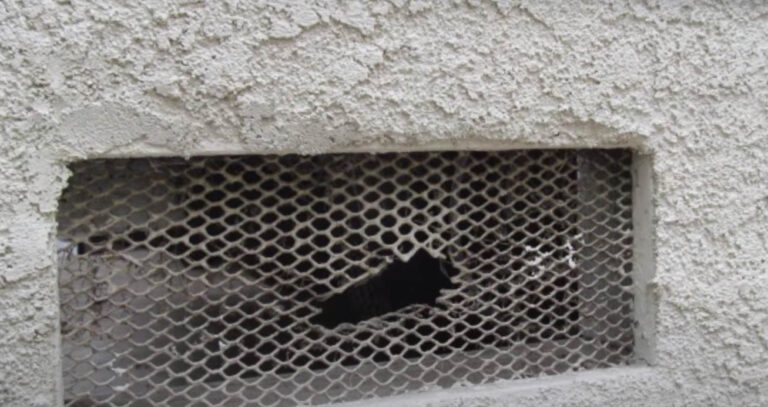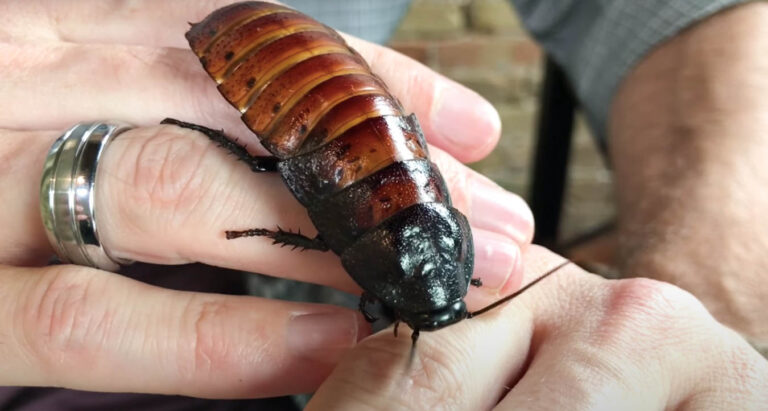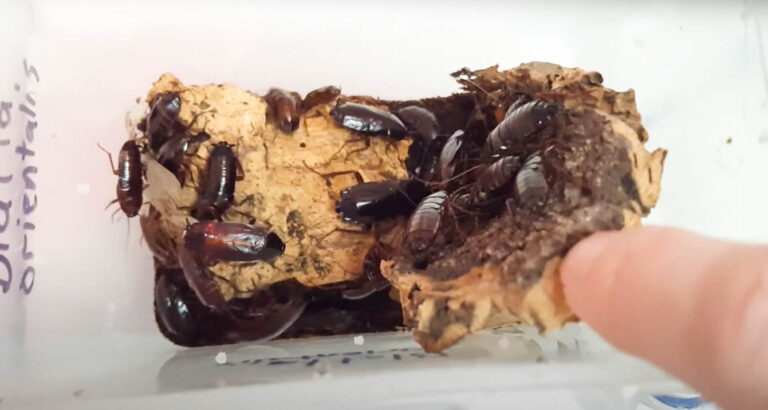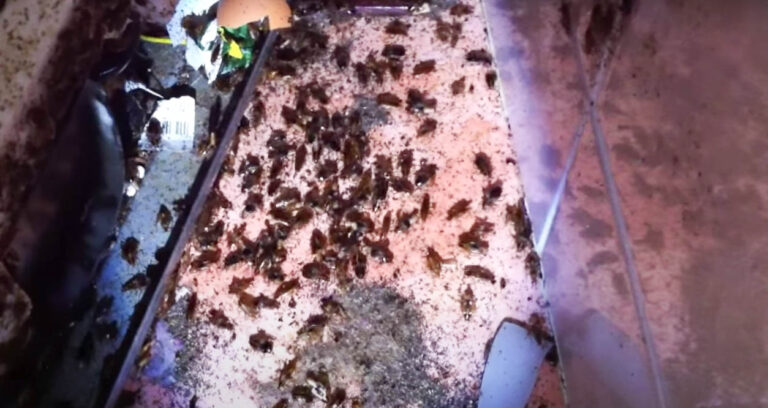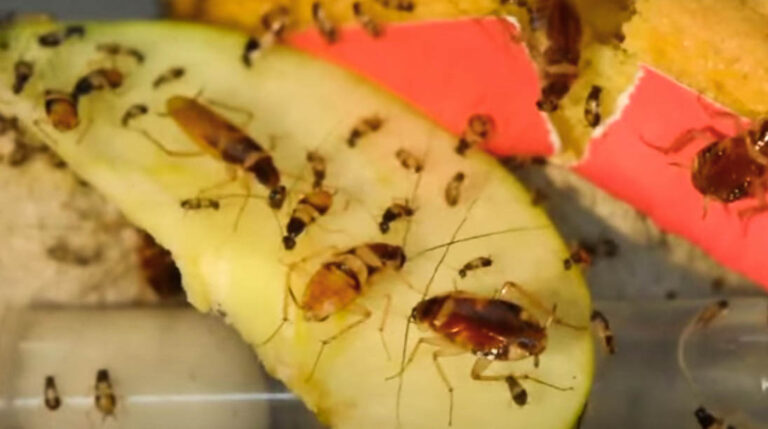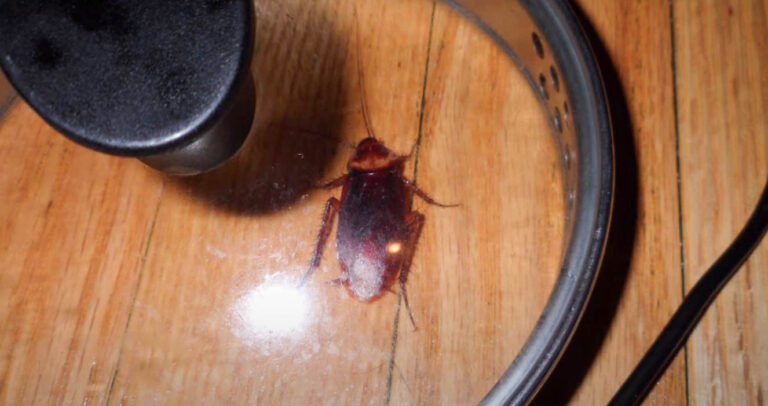About Surinam Cockroaches
About Surinam Cockroaches
The Surinam cockroach (Pycnoscelus surinamensis), also known as the greenhouse cockroach, is a burrowing species and a common pest in the Indomalayan realm. They’re burrowing cockroaches and can gain entry into your house via the soil of a potted plant. The cockroaches can also get into the house through items from the greenhouse to the house. They can also crawl into the house through cracks, open doors, and other entry points. Typically, Surinam cockroaches prefer warm and moist places. Let’s delve deep into the distinguishing features.
Appearance
The nymph and the adult of the Surinam cockroach differ in appearance. As they cycle to the next stages of development, they develop different features.
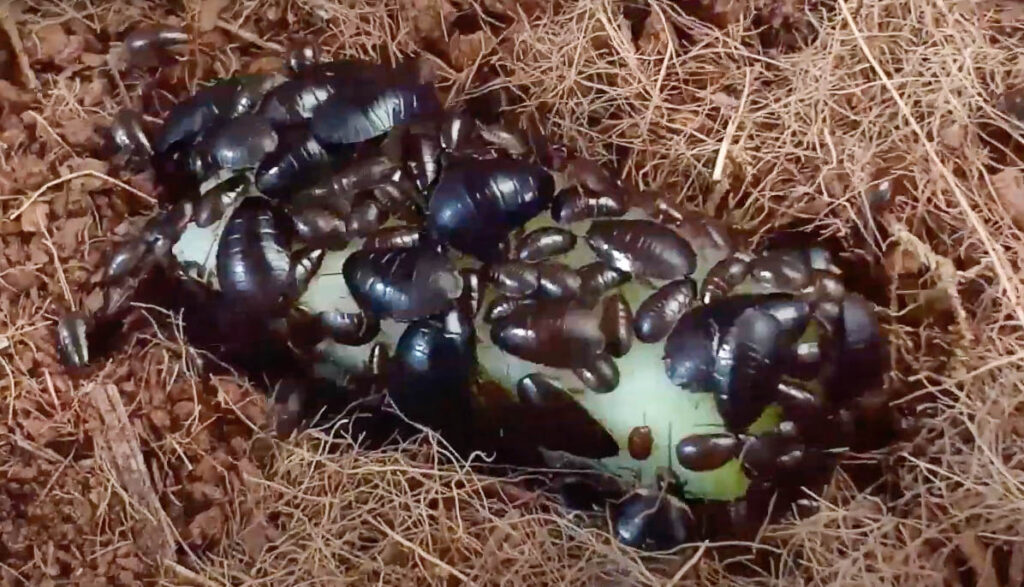
a. Egg
The females produce the eggs enclosed in a brown-yellowish egg-case known as the ootheca. The egg-case protects the eggs until they hatch. The female carries the ootheca internally until the eggs hatch and produce young nymphs.
b. Nymph
Nymphs are around 4mm long immediately after hatching; they are white with brown spine and mandibles. As they continue to molt, the larva becomes shiny black on the upper part of the abdomen and dull black on the lower leg parts. They harden their exoskeleton as time goes by. The nymphs take a year to develop into adults fully; they molt 10-15 times.
c. Adult
They are dark brown with pale wings; they are about 25mm long. They have a white band at the front part of the pronotum. Males have longer wings that completely cover the abdomen than females, though both are not good flyers.
Behavior
Surinam cockroaches are burrowers. They live underground and feed on roots, stems, and decaying matter. Surinam cockroaches are outdoor pests and are rarely found in homes; they prefer warm and moist places and cannot survive extreme cold weather.
The female Surinam cockroaches reproduce even in the absence of the males. There are few or no male Surinam cockroaches in North America, but they continue to produce through parthenogenesis. Females can clone other females through asexual reproduction. This type of reproduction may trigger infestations. They are nocturnal; they are more active at night than during the day.
Life cycle
Females can produce three egg-cases in their lifetime. Each egg-case contains approximately 45 eggs. Out of the 45, only half of the eggs hatch successfully. Like other cockroach species, they go through the normal life cycle: egg, nymph, and adult. The Surinam cockroach has no health effects on humans; they rarely interact. However, if they infest greenhouses, gardens, farmlands, and yards, they will significantly impact the economy. Even though these cockroaches are not a common nuisance in homes, they can cause food contamination whenever present in your home.
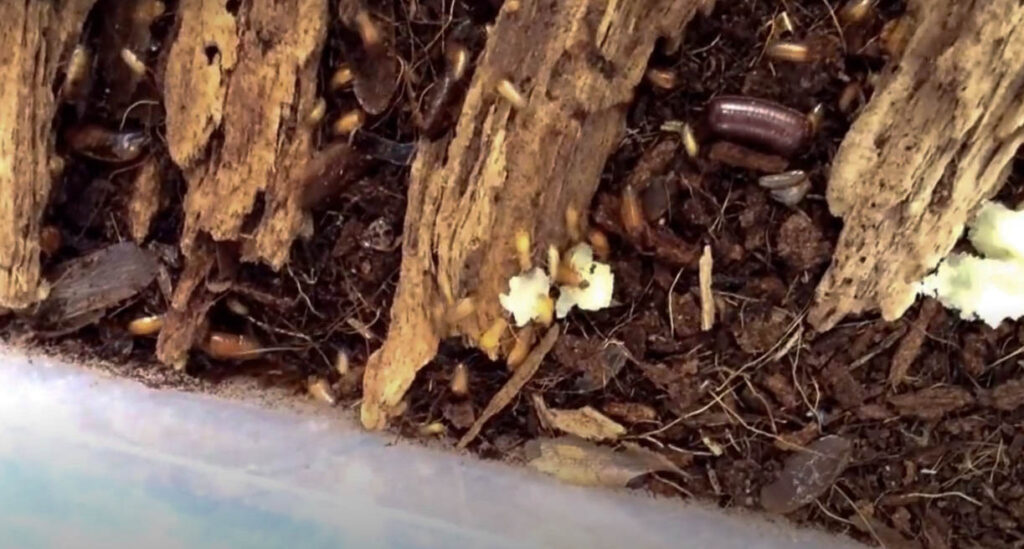
Habitat
The Surinam cockroach is common in the southern Gulf Coast and Virginia. There are no male species in the United States. They are found in Australia in humid temperatures; they prefer staying outdoors and cannot breed in houses. They live in woodpiles, leaf litter, under stones, cracks, and to avoid light, they burrow in the sand about 4 inches deep. The burrows are meant for nymphs and females. If you’re wary of these pests and the danger they may cause, the following ways can be handy in controlling the cockroaches.
- For identification, call a pest control expert to determine the type of pest.
- Extermination measures should be the use of bait and insecticides around the infested plants. You can also treat the barriers around your home to control the pest invasion.
- Remove the infected house plants and treat them far from the premises.
- Seal all possible entry points.
- Inspect house plants before bringing them to your home.
In case you find this type of cockroach in your kitchen or any part of the house, you can call pest control experts before things blow out of proportion.

